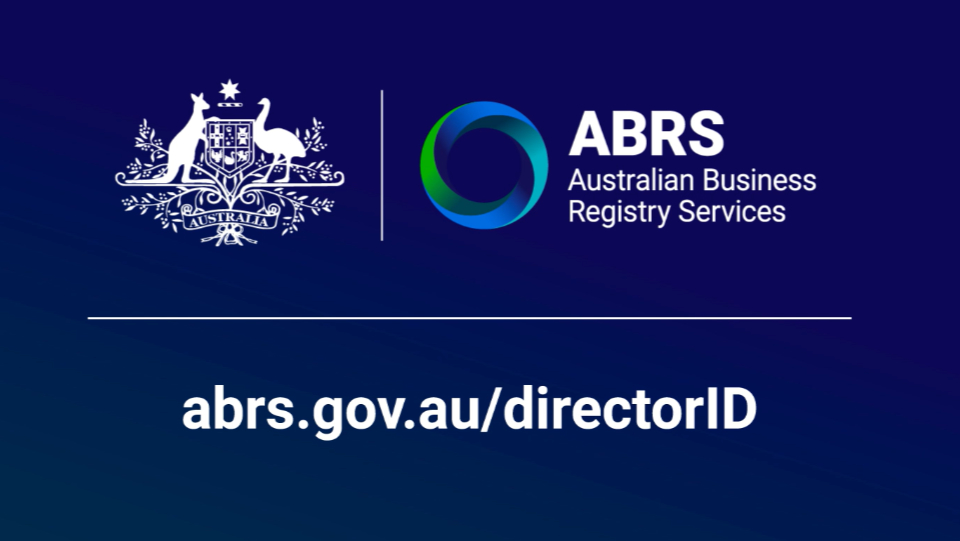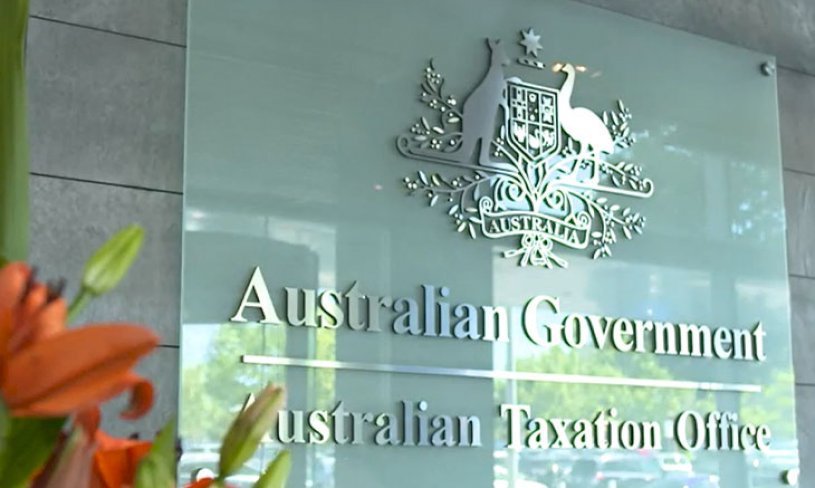We also consider the options and pitfalls associated with planning to make a timely payment of benefits to a member who may not have long to live.
Tax considerations on death
The tax profile of death benefits is, of course, a relevant consideration in succession planning.
Where a death benefit is paid to a tax dependant (ie, a death benefit dependant under s 302-195 of Income Tax Assessment Act 1997 (Cth) (ITAA 1997), the dependant generally receives the benefit tax free regardless of any taxable component that forms part of that payment.
A tax dependant means any of the following:
- the deceased person’s spouse or former spouse;
- the deceased person’s child, aged less than 18 at the time of death;
- any person with whom the person has an interdependency relationship; or
- any other person who was a dependant of the deceased person just before he or she died.*
* NB — this limb of the definition imports the common law meaning of dependant, which is accepted to include financial dependency.
Accordingly, adult independent children do not generally qualify as death benefit dependants. Thus, the taxable component of any death benefit payment they receive (usually when there is no surviving spouse) will be subject to a ‘death tax’ — typically 15% plus the 2% Medicare levy. Only the tax free component is tax free.
When you consider that the average SMSF holds over $1 million in assets, the tax exposure of benefit payments made to adult independent children is likely to be significant.
Summarising the tax applicable on a lump sum payment of death benefits
The table below summarises the position in relation to payment death benefit lump sums:
| | Tax free component | Taxable component (element taxed in the fund) | Taxable component (element untaxed* in the fund) |
Tax dependant | Not included in recipient’s assessable income | Not included in recipient’s assessable income | Not included in recipient’s assessable income |
Non-tax dependant | Not included in recipient’s assessable income | Included in recipient’s assessable income but the recipient is entitled to tax offset that ensures that the rate of income tax does not exceed 15% | Included in recipient’s assessable income but the recipient is entitled to tax offset that ensures that the rate of income tax does not exceed 30% |
| | The above rates do not include the Medicare levy, currently 2%. |
* Generally, there is no element untaxed in an SMSF. The one exception is where insurance is involved. Section 307-290 of the ITAA 1997 can operate to make a superannuation death benefit that is paid as a lump sum partly consist of the element untaxed, if the fund has previously claimed deductions for insurance premiums in respect of members, eg, life insurance. However, the element untaxed from an SMSF has no practical effect if it is received by a tax dependant or if the deceased attained age 65 or over prior to their death.
Planning for an exit
Given the impact of the above effective death tax on death benefits paid to adult independent children, one option that some members consider is planning to withdraw their super benefits before they die. Naturally, we never know the ‘hour nor the minute’ of when death may strike. However, statistics suggest that the vast majority of people have some warning before they pass away.
Under the current tax rules, provided the member is over age 60 and has met a full condition of release (eg, based on retirement or attaining age 65), this allows their benefits to be withdrawn from the superannuation environment tax free. Given super is concessionally taxed, money invested outside super is generally not as tax efficient.
However, relying on this withdraw before you die approach is not always a straightforward exercise as the member and SMSF trustee may need time to:
- pay required pro-rated minimum payments in respect of any pensions that are in place that will be commuted as part of a withdrawal;
- commute one or more pensions prior to paying any lump sums;
- sell off fund assets to obtain liquidity (eg, in relation to pension payments); or
- transfer assets in specie (ie, as part of a pension commutation or a lump sum payment from accumulation phase benefits).
Thus, hoping for a quick exit in the future can be subject to a number of hurdles given that we cannot predict the hour or minute of our death.
Importantly, such an exit plan based on there being ample time to withdraw a super benefit is vulnerable due to the numerous hurdles that could result in such a strategy easily failing. For example, if the member loses mental capacity to make a decision, or otherwise is physically incapacitated due to rapidly deteriorating health, achieving a timely exit may not be possible in the time available.
Some suggest that appointing an attorney under an enduring power of attorney (EPoA) can be used to overcome these issues, however, this proposed solution is not so simple as we shall see.
The risks associated with relying on attorneys under an EPoA and why the SMSF trustee is placed to implement an exit plan
Some seek to rely on a spouse or close family member, trusted friend or adviser to withdraw their benefit pursuant to an EPoA at the appropriate time.
However, relying on an EPoA in this situation involves a number of risks including:
- The legislation governing EPoAs differs between each state and territory and only the Tasmanian power of attorney legislation contains express language empowering an attorney to deal with a person’s superannuation interest(s). Therefore, it is recommended that any EPoA documentation contain express authority to deal with superannuation.
- Without an SMSF deed expressly authorising an attorney under an EPoA to act for a member, the EPoA might not be effective, eg, in relation to the attorney exercising a member’s rights and entitlements under an SMSF deed as an SMSF is a form of trust and an EPoA does not authorise an attorney under a trust as the trust deed is the relevant document that governs the rights and obligations under the trust.
- An attorney withdrawing a member’s benefit may not be acting in the donor/principal’s best interests if others (including the attorney) are attempting to benefit from the withdrawal. Indeed, the situation might give rise to a conflict unless the EPoA contains appropriate wording authorising an attorney to act (ie, on the basis of it being permitted conflict).
Additionally, it is important to note that there is a difference between an attorney seeking to exercise membership rights and entitlements under an SMSF deed, and valid legal decisions being implemented at the trustee-level.
For instance, even if there is complete confidence in the attorney being authorised to deal with membership rights and entitlements (and assuming there is no conflict), there is still the question of properly implementing a timely payment at the trustee-level.
As noted above, there are various steps that must generally be implemented by the SMSF trustee as part of an exit strategy, such as:
- payment of a lump sum from an accumulation interest;
- payment of the member’s required minimum pension payments in cash;
- commutation (in part or in full) of a pension interest and payment of the commuted amount outside of the superannuation environment (ie, as a lump sum); and
- where assets are being transferred in specie, signing applicable transfer forms and updating legal registers, etc, in relation to ownership changes.
Timely and legally effective decision-making by the trustee
Though it is readily accepted that having an EPoA is critical for SMSF succession planning, robust exit planning should also ideally focus on timely and legally effective decision-making at the trustee-level.
After all, it is the trustee who holds legal title to the fund’s assets, and it is the trustee who must uphold and comply with the terms of the trust deed and comply with the payment standards in relation to voluntary cashing of benefits under the Superannuation Industry (Supervision) Regulations 1994 (Cth). An attorney who is not a trustee/director cannot generally control this process.
Thus, a robust exit plan generally requires putting in place appropriate succession planning arrangements which ensure that the SMSF trustee (generally this should be a special purpose company) is always in a position to make timely and legally effective decisions at the appropriate time. For instance, a sound succession plan should always include a clear path for the member’s attorney under an EPoA to become a director of the SMSF trustee in place of a member who cannot act or who has lost mental capacity. Naturally, the successor director provisions in DBA Lawyers’ company constitution provides a sound solution for this issue.
Of course, this kind of planning is not just relevant for making a timely payment of benefit as part of an exit strategy. It is also critical to helping ensure that a fund continues to meet the definition of an SMSF in s 17A of the Superannuation Industry (Supervision) Act 1993 (Cth) where a member can no longer act as a trustee/director (eg, due to being incapacitated).
Conclusions
In Part 1 of this series of articles, we focused some of the key ingredients for successful SMSF succession planning, including how to plan for control of a fund in the context of death and loss of mental capacity.
In Part 2 of this series we examined the tax considerations associated with payment of superannuation death benefits, and some of options and pitfalls associated with planning to make a timely payment of benefits to a member who may not have long to live.
As you will appreciate, there is no easy ‘one size fits all solution’ for SMSF succession. However, the intention of this series is to inform the reader of some general considerations that should be taken into account as part of formulating a robust SMSF succession plan. Expert advice should be obtained if there is any doubt.
By William Fettes , Senior Associate and Daniel Butler, Director, DBA Lawyers










